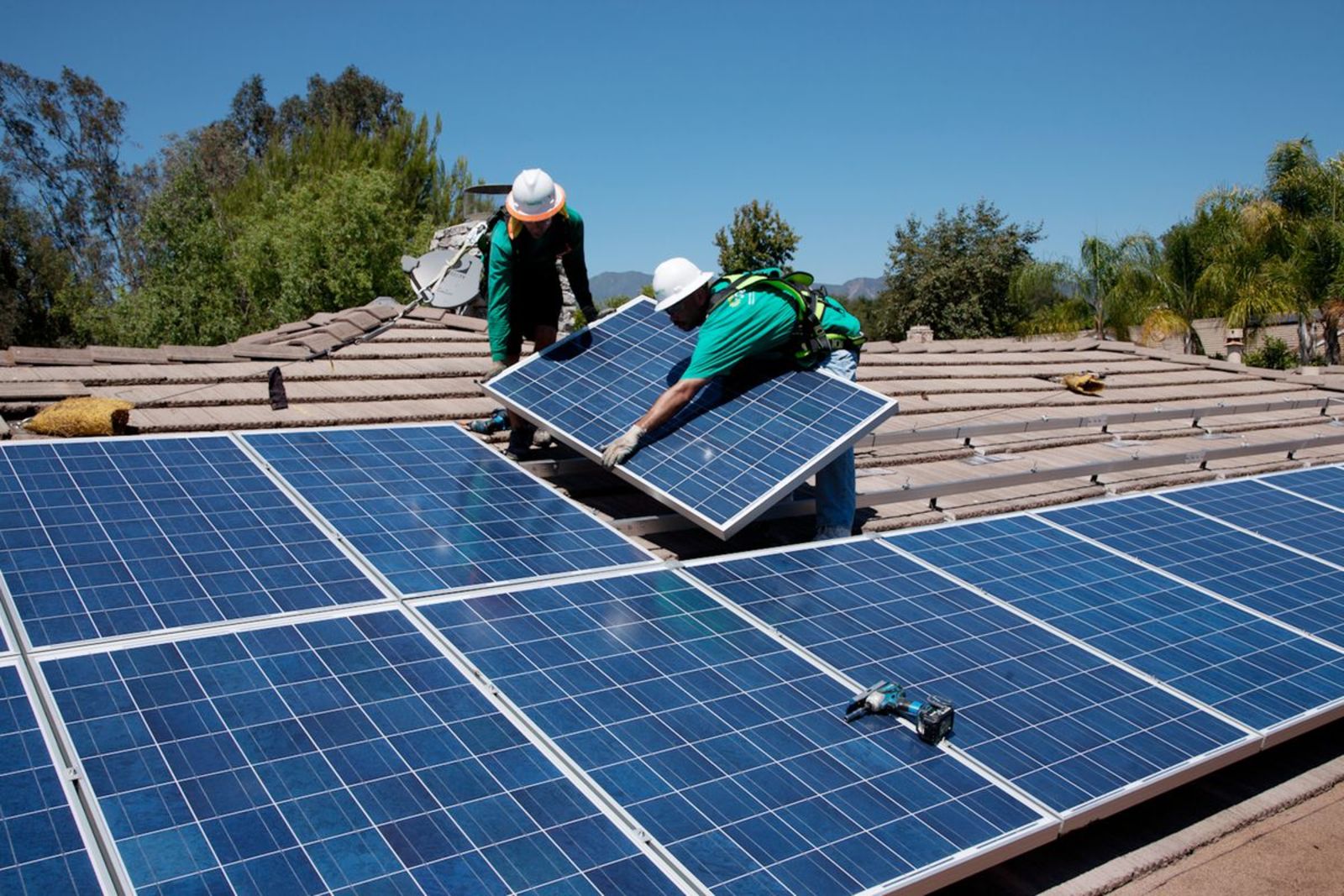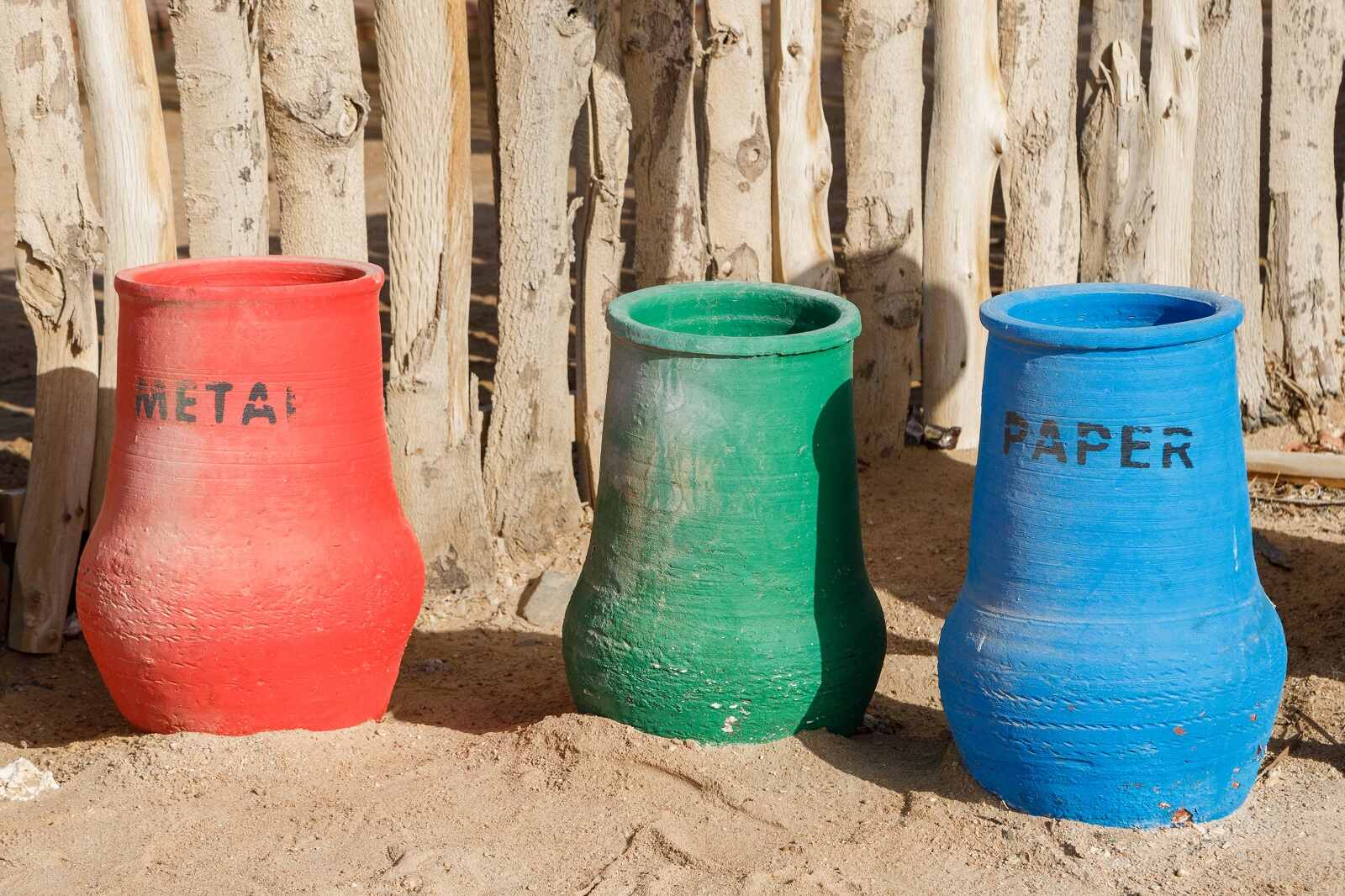Saving the planet starts with recycling, which has multiple benefits starting from conserving resources and saving energy, to protecting the environment and reducing landfill volumes. As of 2018, the formal sector in Egypt was said to collect 810k tonnes of waste annually with the informal sector collecting over 2.5 mn tonnes. Egypt is targeting an 80% rate for waste recycling rate over the next seven years compared to the 2019 rate of 20%.
Egypt has launched a number of initiatives to spur the recycling process: In March 2017, the government rolled out a “Sell your garbage” scheme, with kiosks set up across the city allowing people to deposit sorted waste of recyclables in return for money. This year, the Environment Ministry announced a three-year project valued at USD 3 mn in a bid to eliminate single-use plastic bags in the country. These initiatives are being complemented by other efforts to make the best use of waste, such as the “Zabaleen’’ neighborhood in Manshyet Nasser, where 60k garbage collectors recycle over 80% of their collected garbage every day, equivalent to 3k-4k tons.
The government has also sought to bring in the private sector: In 2012, the National Solid Waste Management Program obtained funding from the European Union and Germany to establish waste management departments in Gharbiya, Kafr El Sheikh, Assiut, and Qena, and contract the private sector to carry out the waste processing and recycling. The government would provide waste management companies with waste at no charge and lease them the land to build recycling facilities, whose byproducts they would then be able to sell. In some cases, companies are also contracted to collect the waste themselves. Qalaa Holding-owned waste management company ECARU was paid EGP 78 per tonne to process garbage, CEO Hisham El Sherif told Enterprise last year. Another company, Nahdet Misr (a subsidiary of Arab Contractors), was paid an annual fee of EGP 850k when they were hired in 2011, the company’s vice chairman Osama Elkholy also told us.
Specific firms also run their own waste management platforms: The Ministry of Environment launched last April the PepsiCo platform “Recycle for Tomorrow” to reduce plastic consumption, targeting 8 mn kg of plastic waste produced by PepsiCo by the end of 2021 with EGP 10 mn allocated for the first phase. In the same month, German company Henkel and recycler Plastik Bank established three plastic waste collection centers to tackle plastic pollution, with plans to reach an annual collection capacity of 5k tonnes by 2023. In late 2020, Nestlé Egypt also launched a digital platform to boost plastic recycling, after identifying Egypt as one of the 20 countries worldwide that produces are responsible for around 50% of consumption of plastics. The company established the Reverse Credit System to register and document plastic quantities among waste collectors in Manshiet Nasser, who then get monetary incentives upon meeting their monthly targets.
If you’re interested in recycling, there are a number of initiatives that can help you out: Bekia offers to buy solid waste such as old electronics, plastic, paper, tin, and other items in exchange for basic goods such as phone credits, groceries or metro tickets. Go clean also allows its clients to exchange their plastic, paper and metal in return for cash or household cleaning products. EverGreen also offers to come to the customer’s doorsteps to collect all types of plastic bottles, paper, card boxes and aluminum tins or cans, while Men Jadeed also collects solid waste and allocates the revenues generated to finance the charity organization Resala’s activities.
And if you have a business: Go Green is an organization that collects waste from companies, factories and cafes as well as households in exchange for cash or other items.
And there are some even more specialized recyclers: RecycloBekia focuses on collecting and recycling electronic waste. Recycling cooking oil also offers to buy used cooking oil for EGP 2 per liter, while Green Pan offers the same service for both individuals and businesses.
The recycling revolution is hitting everything from fashion and accessories to furniture: Zabbaleen Products offers handmade eco-friendly items made of recycled materials by craftswomen affiliated with the Association for the Protection of the Environment in Cairo, with products sold in Europe and North America. Zebala store also takes all the plastic, paper and carton waste, recycles them and then sells the byproducts through their store. The upcycling design studio Mobikya is another green brand that utilizes solid waste materials, such as old tires and plastic boxes to produce pieces of architecture and furniture. Reform design studio creates fashionable items from clothes to furniture from waste, while Upfuse sells a wide range of sustainable and eco-friendly lifestyle products including bags, laptop sleeves, streetwear and footwear — all made of plastic bags and other plastic products — which the brand collects through sustainable collaboration with Cairo Garbage City, factories and donations.
Remember, sorting your trash is the first step: Even if you don’t plan on recycling yourself, sorting your waste into organic and non-organic recyclable materials can be a big help to the collectors who will process your waste.






